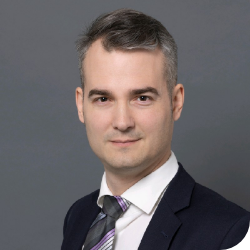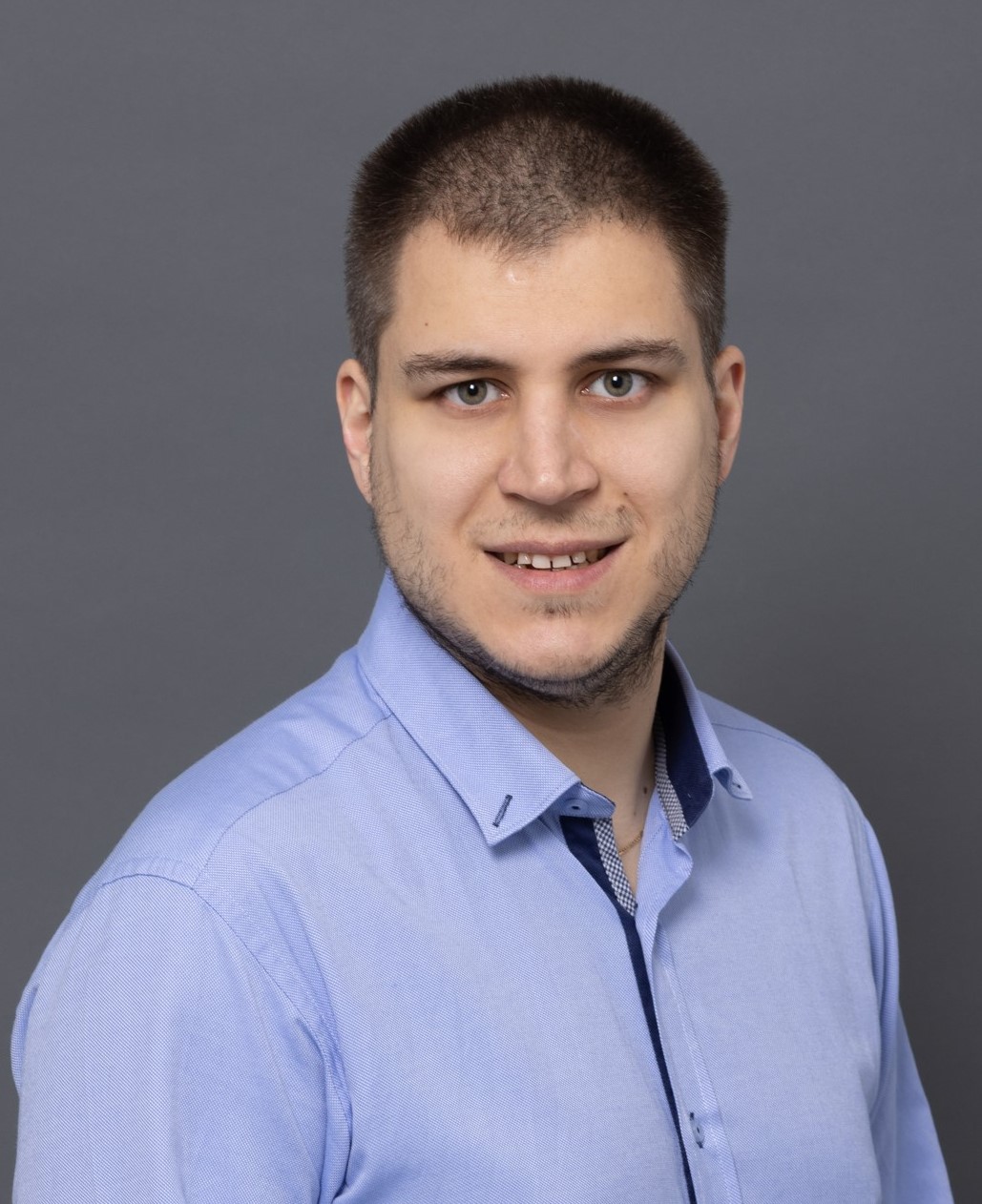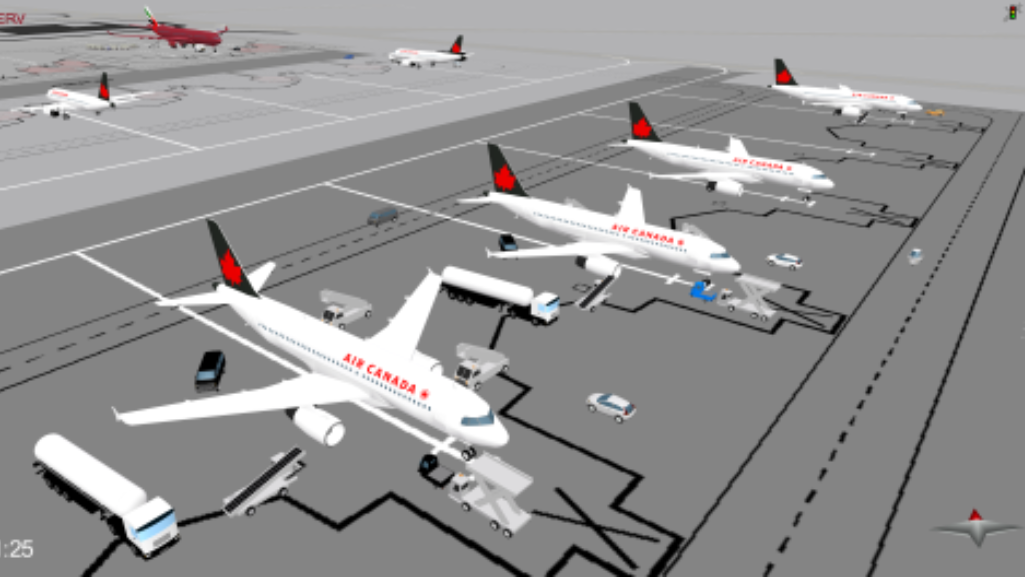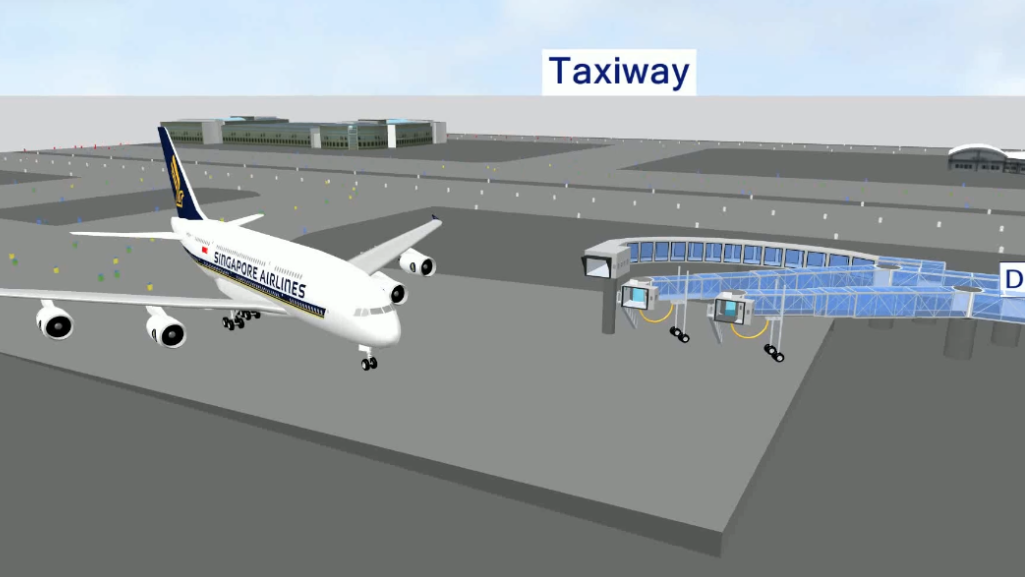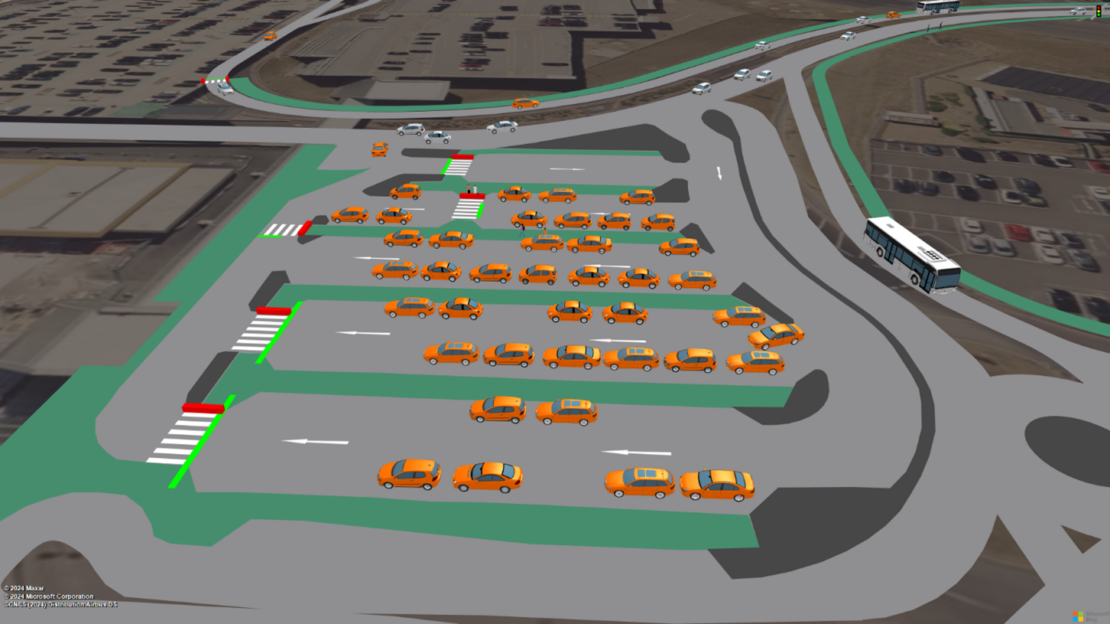Aircraft servicing and ground handling at airports – in other words, airside ground traffic – is a challenging 24/7 operation. Planning and optimizing it, including cost efficiency, can be addressed with simulation software. Here’s how we at FŐMTERV, an engineering consultancy, did it at Budapest Airport using PTV Vissim software.
By deploying PTV Vissim simulations, we offer the airport an innovative way to optimize present and future airside ground traffic and aircraft servicing: From luggage trucks to aircraft tow vehicles to fire trucks and beyond.
Background

Budapest Ferenc Liszt International Airport is the main air hub in Hungary. In 2023, it handled over 14.7 million passengers and well over 100,000 aircraft movements. The airport’s cargo operations have doubled in the last six years, resulting in more airside ground traffic.
Aircraft servicing is done 24/7 by up to 1,500 vehicles, and there are over 25 types of these: Push-back tractors, Marshall’s cars, buses, conveyors, fuel tankers, etc.
The airport hired our consulting firm to answer some critical questions: What will happen to airside ground traffic as the number of flights increases in the future? Will the current setup work? Are there bottlenecks in the ground handling? Can the airport optimize anything?
Accurate modeling and flexibility
To tackle this project, we needed detailed simulations that captured every aspect of airside ground traffic. We chose PTV Vissim for its unparalleled functionality and accuracy. The Vissim simulations gave us a digital canvas to test and refine our optimization ideas.
To plan and analyze ground aircraft servicing, we used some PTV Vissim features that were originally designed for other use cases. This shows the flexibility of the software.
We’ve taken advantage of PTV Vissim’s ability to accurately model ground service equipment (GSE) traffic. By incorporating today’s ground handling requirements and future projections, we’ve carefully defined routes and traffic flows to ensure optimal efficiency in servicing aircraft.
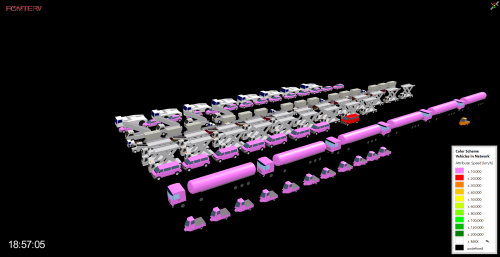
Transport mode rule for every vehicle
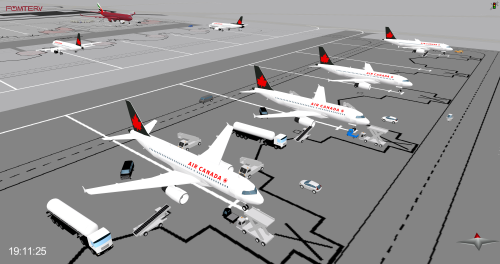
According to the daily routine of servicing an aircraft, we defined in Vissim a “transport mode” rule for each GSE vehicle. We calculated the volume of predictable GSE traffic on the service roads based on the peak hour of the existing and future airline schedules. To account for unpredictable traffic, we added 30% additional traffic to the simulation.
We collected present ground handling requirements and determined the area of future GSE storage requirements. The proposed GSE storage and the stand routing were defined in a logical way, which means that the proposed direction could be the fastest. In case of an emergency or accident situation, the adjacent service roads should be used.
These Vissim simulations allowed us to control the movement of GSE vehicles in a traffic-driven manner and synchronize them with aircraft schedules.
Calculating GSE interactions with aircraft
A key challenge in planning airside ground traffic is how best to simulate the interactions between GSE and aircraft. In other words, how to accurately account for aircraft servicing during its time on the ground.
We used PTV Vissim’s traffic signal control logic – written by VisVap, a powerful add-on module – to calculate the following times when an aircraft is on the ground:
- Waiting times: Beginning before the shutdown of engine and beacon light, and until the handlers take the cones, chocks, etc.
- Deplaning times: Their calculation comes from surveys and manuals. It is transformed by the scheduled ground times from BUD data.
- Intertime: Between deplaning and boarding. It’s not an exact time, but we use it to get the time extensions.
- Boarding times: This calculation also comes from surveys and manuals. It is transformed by the planned ground times from BUD data.
- Waiting times: Approximately 2-3 minutes long and begin when the aircraft doors are closed and the aircraft is waiting to be towed.
- Additional – aircraft-related wait time: After the tow truck departs, the aircraft remains on the tarmac for 2-3 minutes. These times are averages from field surveys calculations.
This detailed approach ensured that every aspect of airside operations was included in the simulations: From the moment an aircraft arrives at the stand to its departure from the taxiway.
Public Transport Vehicle Telegram
We further refined the simulation by taking advantage of Vissim’s ability to integrate parameters from the Public Transport Vehicle Telegram.
PT Telegram is the information that the vehicle sends to the signal controller about the line, route, priority, etc. While PT Telegram is mostly used in public transportation, we used Vissim to apply it to airport ground vehicles.

Sorting GSE operations during aircraft servicing
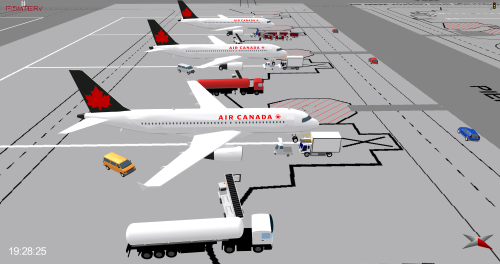
We have sorted the GSE operations based on aircraft type and service requirements. This level of detail is crucial for handling different scenarios, such as “transit” flights versus “full service” operations, or wide-body versus narrow-body aircraft.
In Vissim simulations, all GSE vehicles are traffic-activated and controlled by the VisVap add-on module. Each aircraft stand has a virtual GSE warehouse. Depending on the call points, the GSE vehicles are modeled as arriving from here to the aircraft.
Since the movement of each GSE vehicle depends on the time and movement of an aircraft, the logic is based on calls (Calling Method). These times are monitored by VisVAP every 0.1 seconds. The aircraft stands are defined as PT Stops, and the aircraft parameters (see below) are handled by PT Telegram.
Aircraft parameters & aircraft movements
As at any typical airport, aircraft at Budapest Airport can be classified according to four different parameters, depending on the ground services they require: Full Service/Transit, Bus/NoBus, Departure/Boarding, WideBody/NarrowBody.
For example, a “transit” aircraft requires much fewer GSE vehicles than a “full service” aircraft, which requires fueling, cleaning, cargo services, etc.
In our Vissim simulations, we identified each aircraft by the number of GSE vehicles it requires.
We also simulated the aircraft stands, which we defined as PT stops. Stands may have one or two flights per hour. So, we added the PT Telegram parameters to the unique aircraft and not to the PT line.
To realistically simulate aircraft movements on the ground, we used Vissim’s Change of Driving Direction attribute. This feature was originally designed to model shuttle traffic, but here we used it for a different purpose, which shows the flexibility of Vissim.
Standard mean times

Standard mean times are an important part of airside ground traffic simulation because they allow you to compare simulation results from phase to phase of aircraft servicing.
Mean times represent input data that has been processed and aggregated. They are standardized and based on assumptions, manuals, and surveys.
The resolution of microsimulation does not allow you to consider every GSE movement and process. However, all significant processes are included in the simulation. Therefore, we used a time distribution for each GSE waiting time to make time management realistic.
The results
Equipped with detailed simulation results, our planners had to validate and verify them. We provided answers to specific questions:
- Is there a bottleneck at the common ground handling movements?
- Are the number, volume, and location of the planned service roads sufficient?
- Is there a long-standing and unresolved traffic conflict in the system?
In the end, we accomplished the main task of the project: To check whether the organization of ground traffic on the airside was in line with the airport’s estimated future flight numbers. We looked for bottlenecks and opportunities for optimization and made specific recommendations.
The results of our Vissim simulations showed that the airport was ready for the future. The airport management was very pleased with the results.
In hindsight, we are proud that the ground traffic plans proved not only successful, but exemplary in navigating the complexities of airside planning and design.
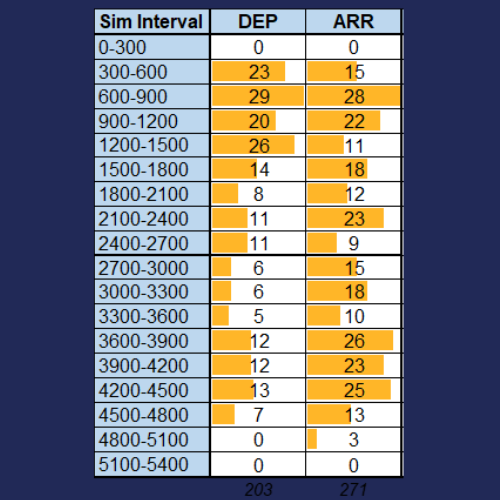
The authors
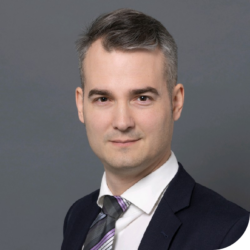
Dohány Máté
Lead Engineer, FŐMTERV Civil Engineering Design Pte. Ltd.

Józsa Bálint
Lead Engineer, FŐMTERV Civil Engineering Design Pte. Ltd.
